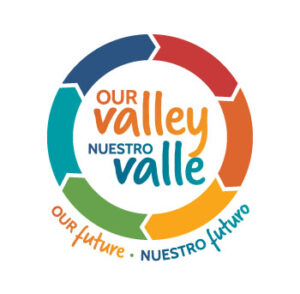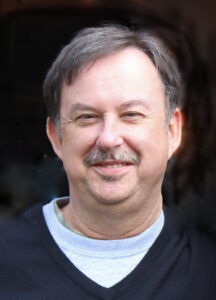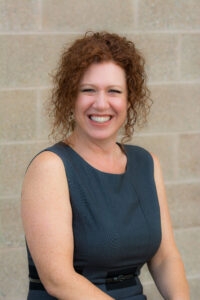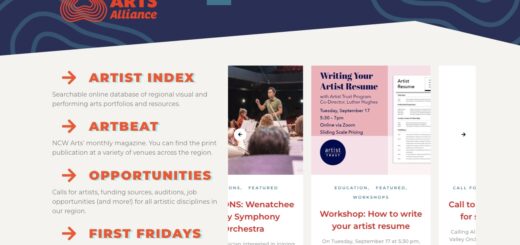Our Valley effort inspiring significant community improvements
It is astounding how significant an impact the Our Valley Our Future grass-roots community building effort is making in our communities in the year since the first plan was released. The lessons learned from its success can help us build stronger, more resilient communities in which we tap into the strengths of as many community members as possible.
Here are some of the key lessons they shared.
– Citizens are savvy about their community and will make meaningful contributions if given an opportunity and a voice in the process. When Our Valley surveyed the community, citizens came up with similar answers to those expressed by civic leaders, thereby disproving the myth that only people in positions of power in the valley can make meaningful contributions.
– Building collaboration helps us avoid the problem of civic institutions operating in silos. Our civic institutions can be more effective by engaging the public and thinking about the entire valley rather than just their own issues.
– People will support what they help to create. After surveying the community, teams of individuals helped take the raw information and crafted dozens of projects and seven game changer initiatives. There were a lot of new faces involved rather than the usual suspects. A total of 89 lead partners volunteered to take responsibility for at least one project.
– The people who live here are highly optimistic about the community and want to make a difference.
– When people feel empowered and engaged, they follow through. About 70 percent of the individual project that were adopted have seen measurable progress, said Our Valley coordinator Steve Maher. Several projects have been completed and the game changer initiatives have gotten great traction, too.
– Engaged and empowered develop a stronger sense of community spirit and a sense of ownership of their town.
Tremendous momentum has been built through the Our Valley process.
The core team, which includes people from both sides of the river, plays a very interesting role. Rather than managing the process or doing the work, the team is there to help support lead partners in implementing the community-driven plan.
The development of a Research and Innovation District is a great example of the power of the Our Valley approach. The idea is that a community can develop physical assets that assist an innovation district and also provide the networking opportunities that researchers crave. Kane, who works at the North Central Educational Service District, talked about the Science in the Valley seminars that have been developed to give researchers an opportunity to mingle, share ideas and form friendships and collaborations.
Fostering the valley as a technology hub is expected to lead to living wage jobs and more opportunities for our children to stay and work in the valley. Sharratt talked about the surprising number of researchers already in our midst doing important work in agriculture, medicine and other fields. This project could well enhance this community for years to come.
Here’s one final thought to consider. Would the dozens of projects that we as a community developed have happened without Our Valley? Some, perhaps, but not many. That’s the power of Our Valley. Our Valley is helping rewire this valley so that anyone and everyone can contribute to its success.






